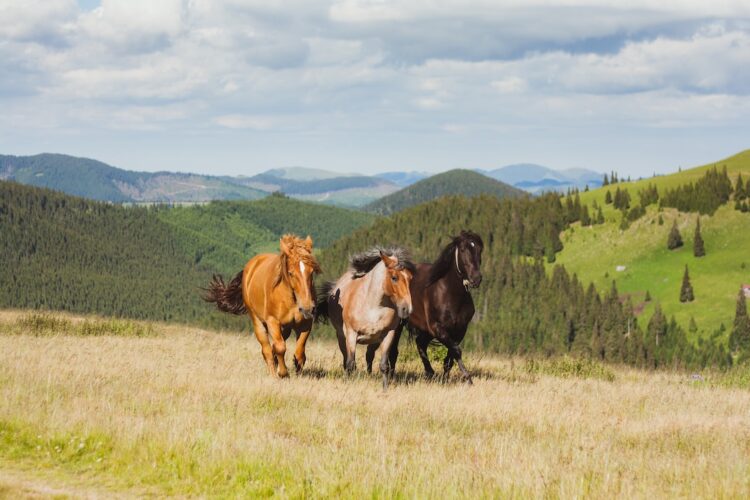Exploring the Various Classification Systems in the pony registry
The Pony Registry is an organization that plays a crucial role in maintaining and documenting the pedigrees of ponies worldwide. With the diversity of pony breeds existing today, it is essential to establish classification systems that aid in identifying and categorizing these unique equines accurately. This article aims to shed light on the various classification systems utilized in the Pony Registry.
One of the primary classification systems within the Pony Registry is based on the height of the ponies. Ponies typically measure under 14.2 hands high at the withers, with each hand equivalent to approximately four inches. This classification system categorizes ponies into classes based on their height, ensuring fair competition among similar-sized ponies in various disciplines, such as dressage, jumping, and driving.
In addition to height-based classification, breed classification is another significant system utilized by the Pony Registry. Ponies belong to different breeds, each possessing distinct characteristics and qualities. These breed classifications ensure that ponies with similar genetic backgrounds compete against each other, promoting fair evaluations of breed standards and specific traits associated with each pony breed. Popular pony breeds found in the registry include Welsh, Shetland, Connemara, and New Forest ponies.
Moreover, the registry also employs a color classification system to identify ponies based on their coat color. This system caters to the growing interest in color variations within specific pony breeds. Various coat colors are recognized within the registry, including, but not limited to, chestnut, bay, black, grey, and palomino. This classification system enables breeders to trace and selectively produce ponies with specific coat colors, often in line with breed standards or desired market preferences.
Apart from classification systems that directly focus on individual ponies, the Pony Registry also categorizes ponies based on their performance and achievements. Performance-based classifications typically involve evaluating a pony’s capabilities and accomplishments in specific disciplines. These classifications highlight the pony’s proficiency in dressage, jumping, driving, or eventing, fostering healthy competition and encouraging the development of well-rounded ponies.
In recent years, there has been a growing emphasis on the preservation of rare and endangered pony breeds. Consequently, the Pony Registry has incorporated a conservation classification system to recognize and promote these breeds. Breeds that are at risk due to declining population numbers or genetic diversity are given special status within the registry, which allows for dedicated efforts in their conservation and future breeding programs.
In conclusion, the Pony Registry employs various classification systems to accurately categorize and document the diverse range of ponies worldwide. These classification systems, based on height, breed, coat color, performance, and conservation status, play a pivotal role in promoting fair competition, breed standards, and genetic diversity within the pony community. By utilizing these systems, the registry ensures that ponies receive proper recognition and are placed in suitable classes, enabling the continued growth and preservation of this beloved equine.











